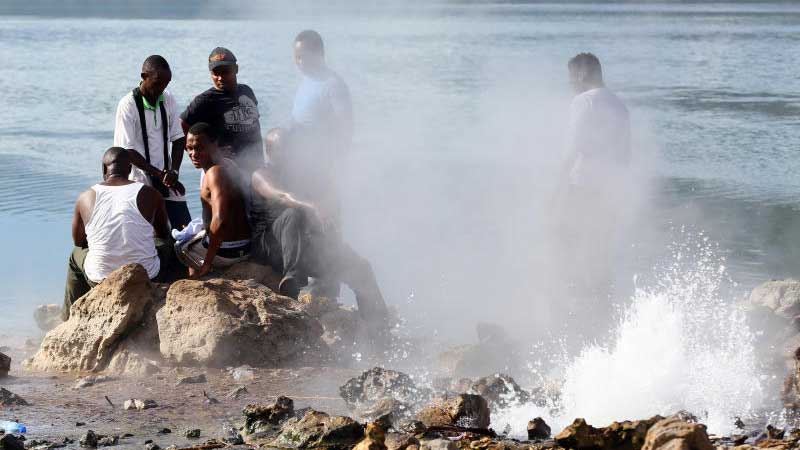×
The Standard e-Paper
Kenya's Bold Newspaper

Local and Swiss scientists have discovered new organisms at Lake Bogoria with multiple industrial use and possibly worth billions of shillings.
The find is similar to previous enzymes collected from the lake and now used globally to give jeans their stonewashed look; fetching huge profits for foreign companies.